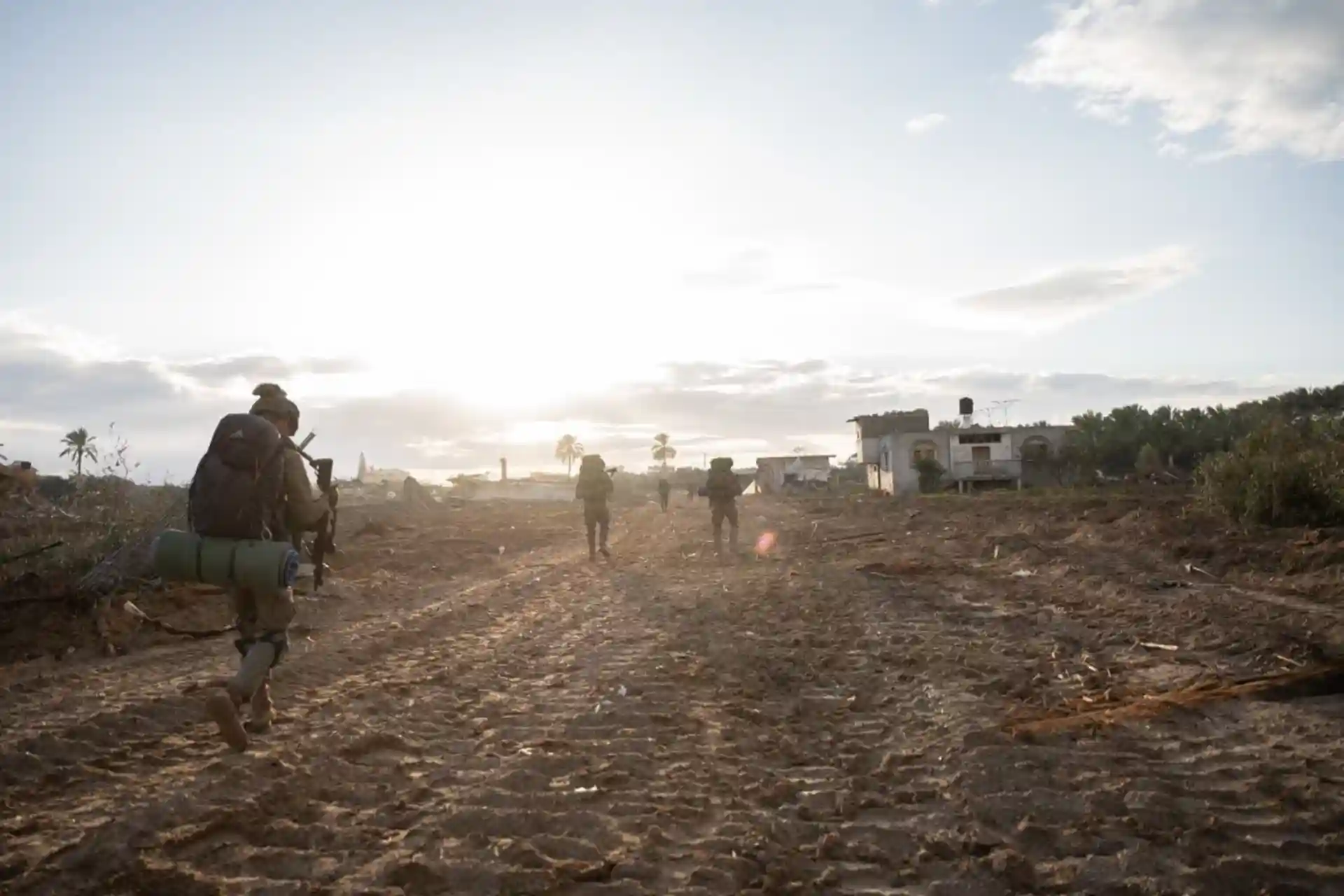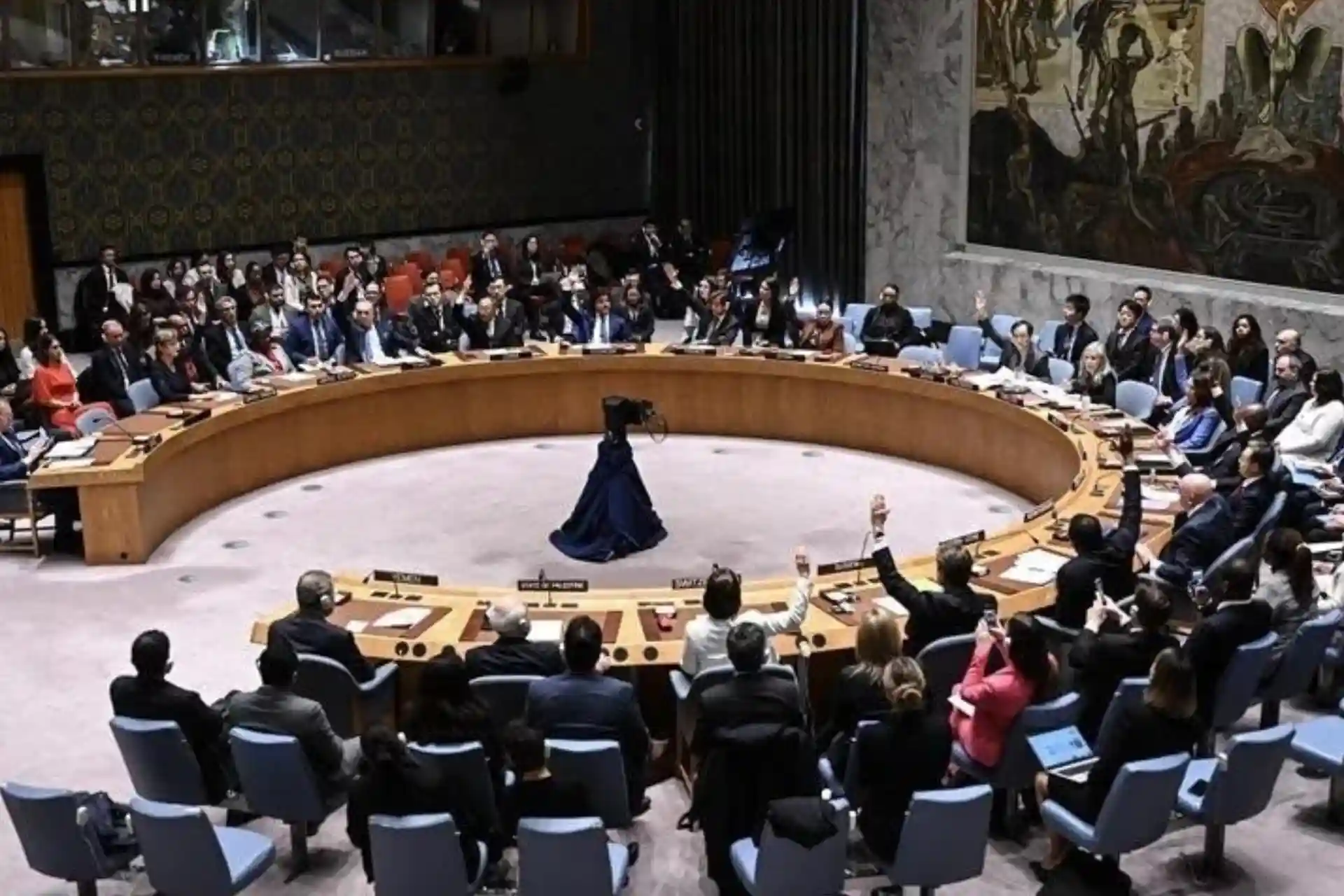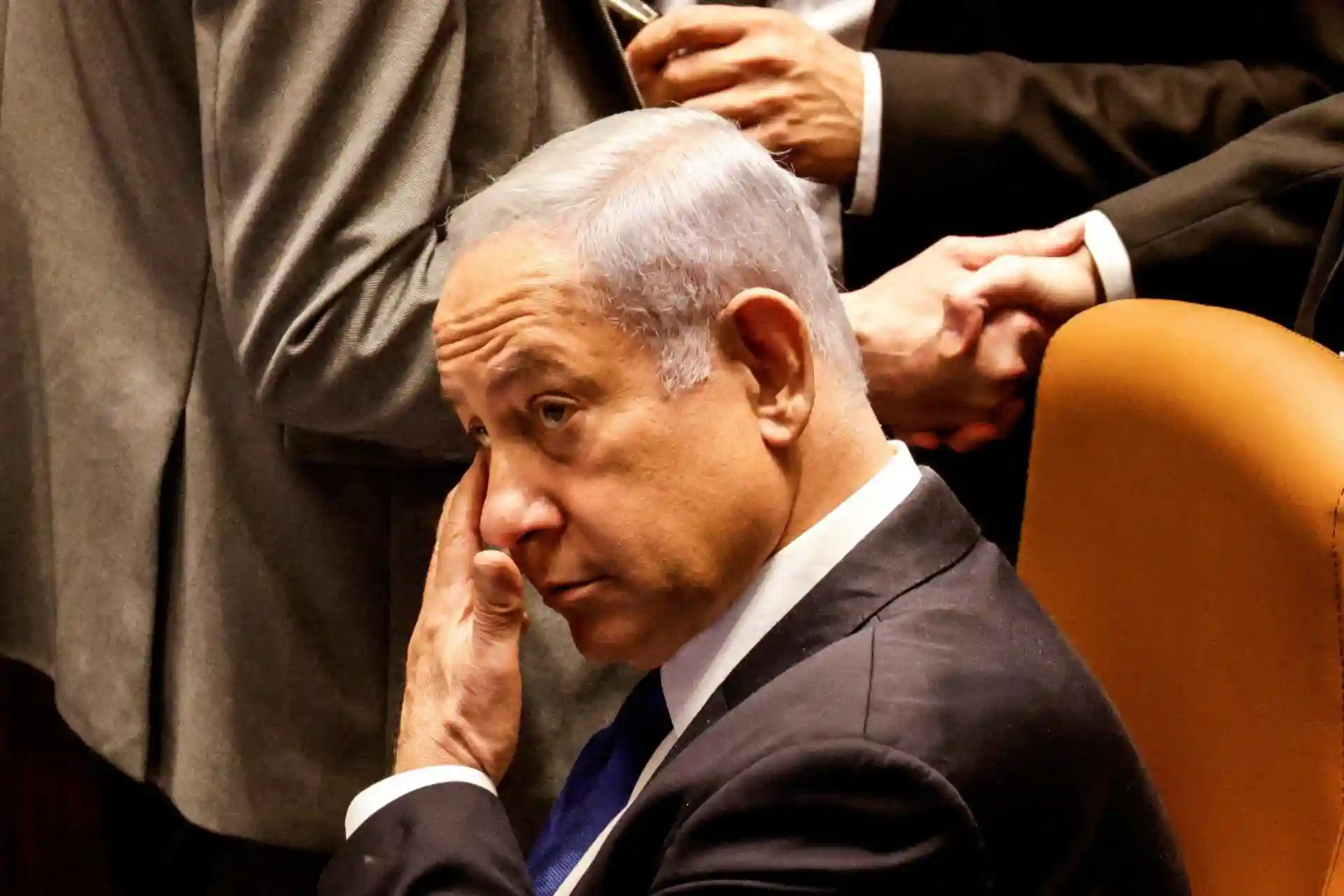14.01.2025 09:30
1735
Israeli government reportedly accepts terms for peace in Gaza
The Israeli government is said to have accepted a ceasefire proposal for peace in Gaza. The three-stage peace plan includes a prisoner exchange, a complete withdrawal of Israeli troops from Gaza, and more. All conditions
The Israeli government is said to have accepted a ceasefire proposal for peace in Gaza. According to initial reports, Palestinian prisoners will be released in proportion to the number of Israeli prisoners.
- Palestinian prisoners will be released, but they will not be allowed to return to the West Bank.
- Prisoners who participated in the October 7 events will not be released.
- Israel has agreed to allow one million civilians in northern Gaza to return to their homes.
- Hamas demands the handover of the body of martyr Yahya Sinwar as the first step in the hostage deal.
- Israel is demanding that Hamas hand over the body of Hadar Goldin, an Israeli soldier captured in 2014.
Also, all articles of the draft Gaza ceasefire agreement:
FIRST PHASE (42 days):
• A temporary cessation of hostilities between the parties, and the withdrawal of Israeli troops from settlements to designated areas along the border to the east (the Nitzarim Axis and the Kuwait Area, including the Gaza Strip).
• Temporary suspension of military and reconnaissance air operations in the Gaza Strip (10 hours daily, 12 hours on days when prisoners and detainees are released).
• Return of displaced persons to their homes.
•Day 7: Israeli forces completely withdraw east of Salah al-Din Street, removing military installations in the area; displaced persons return to their homes unarmed and freedom of movement begins in the Gaza Strip. In addition, humanitarian aid will be delivered without any hindrance from day one.
•Day 22: Withdraw Israeli forces from the central areas east of Salah al-Din Street (especially the Nitzarim Axis and Kuwait Square) to areas close to the border, completely remove military installations, and continue to return displaced persons to their homes.
•HAMAS releases 33 Israeli hostages, including women, children, the elderly, and the wounded/sick. In exchange, Israel releases a number of Palestinian prisoners.
•Day 1: HAMAS releases 3 Israeli hostages.
•Day 7: Hamas releases 4 more hostages.
•Every 7 days: 3 more hostages are released (priority given to women and children)
• Palestinian prisoners are not being held for the same crimes.
•Day 16: The parties begin negotiations on the terms of the second phase.
•The UN and other international organizations will continue to provide humanitarian assistance to the Gaza Strip.
• Reconstruction of infrastructure facilities (electricity, water, sewage, communications, and roads) will begin.
• 60,000 temporary shelters (containers) and 200,000 tents will be provided for those who have lost their homes.
• Once the Israeli soldiers are released, more wounded will be allowed to pass through the Rafah crossing for treatment.
• International supervision will be established for the reconstruction of structures destroyed during the war and the payment of compensation to victims.
All these processes continue in the second stage.
SECOND PHASE (42 days):
• Permanent ceasefire and prisoner exchange; complete Israeli withdrawal from the Gaza Strip.
THIRD STAGE (42 days):
• Exchange of bodies and remains between the parties.
• Implement a 3-5 year plan for the reconstruction of Gaza.
• Open border gates and allow the movement of people and goods.



